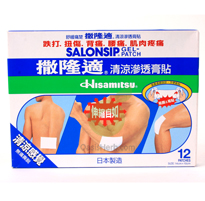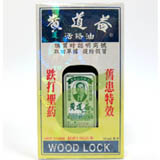Background
If you have difficulty failing asleep, frequent awakenings, early morning awakenings, daytime drowsiness, snoring, or sleep apnea, you might be suffering from insomnia.
 Insomnia is a common problem in the US with over 50 million Americans reported having a sleep-related problem. It occurs more frequently in women, especially postmenopausal women, and in the elderly. Other factors that predispose a person to have insomnia include snoring and co-morbid psychiatric or medical illnesses.
Insomnia is a common problem in the US with over 50 million Americans reported having a sleep-related problem. It occurs more frequently in women, especially postmenopausal women, and in the elderly. Other factors that predispose a person to have insomnia include snoring and co-morbid psychiatric or medical illnesses.
Diagnosis
Diagnosing insomnia requires a thorough medical history and a physical examination. The thorough medical history is needed to find out any behaviors such sleep habits, drug and alcohol consumption, nicotine and caffeine intake, co-morbid illnesses and sleep environment that contribute to insomnia, while a complete physical examination is used to rule out any medical conditions such as depression.
Non-pharmacologic interventions
Your physicians might first recommend non-pharmacologic interventions for you. These non-pharmacologic interventions might include 1) sleep-hygiene education, 2) stimulus-control therapy, 3) relaxation therapy, and 4) sleep-restriction therapy, collectively referred to as Cognitive Behavioral Therapy (CBT).
1) Sleep-hygiene education includes:
– Maintaining a regular sleep schedule
– Exercising regularly but avoiding exercise too close to bed-time
– Avoiding stimulants like caffeine or nicotine right before bed-time.
– Ensuring a comfortable sleep environment (i.e., eliminate noises, decrease light, and maintain a comfortable room temperature)
– Avoiding negative thinking or focusing on a bedside clock.
2) Stimulus-control therapy focuses on establishing an association between bed and sleep. This includes:
– Going to bed only when tired
– Use the bedroom only for sleeping
– Establish a normal sleep-wake schedule, and avoid napping.
– Leave the bedroom if unable to fall asleep within 15 minutes and to return to bed only when tired.
3) Relaxation therapy includes progressive muscle relaxation, biofeedback, and meditation.
4) Sleep restriction therapy allows patients to improve sleep efficiency by temporarily inducing sleep deprivation.
About 50% to 80% of the patients respond to the above therapies. Stimulus control and sleep restriction are the most effective non-pharmacologic interventions.
Prescription Agents
If non-pharmacological therapies do not work, your physicians might prescribe hypnotics for you. The three most common classes of hypnotics are benzodiazepines, benzodiazepines-receptor agonist and melatonin-receptor agonists.







